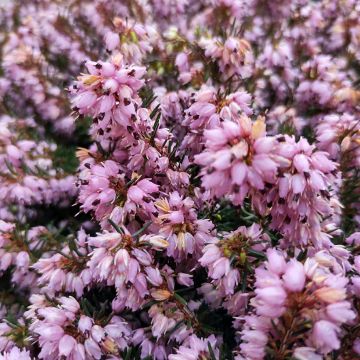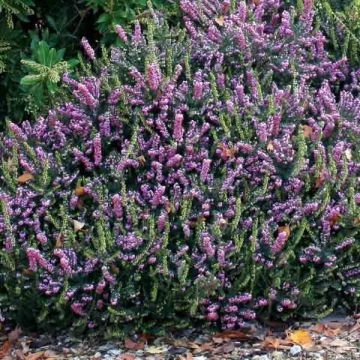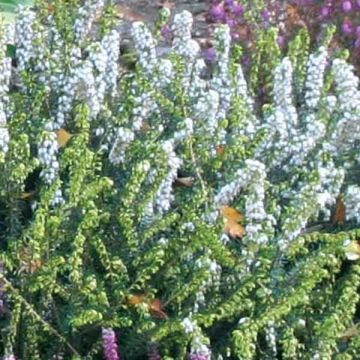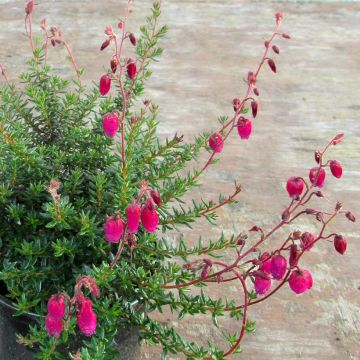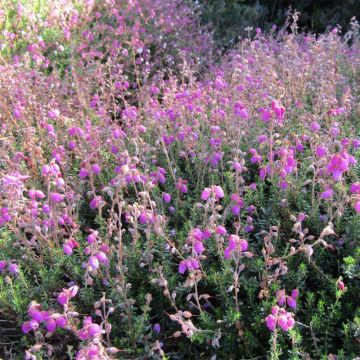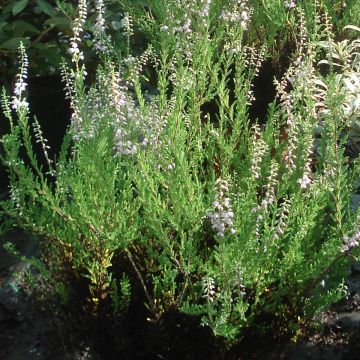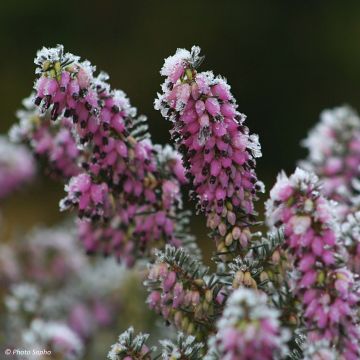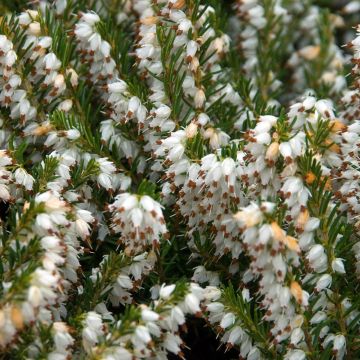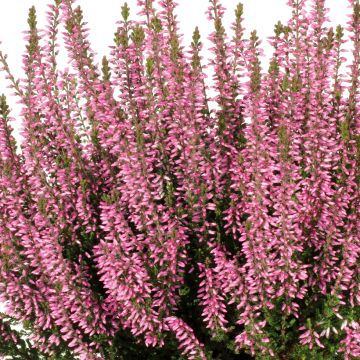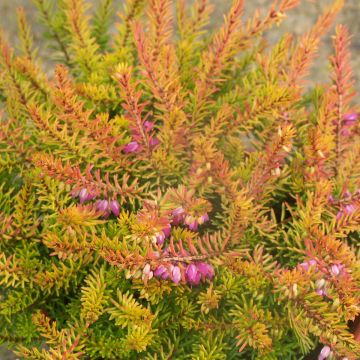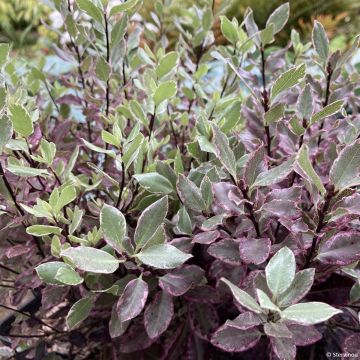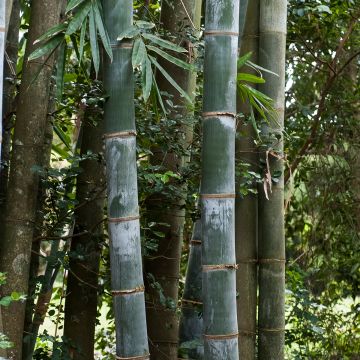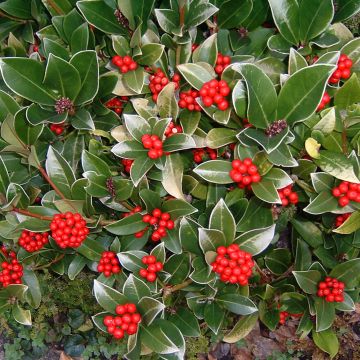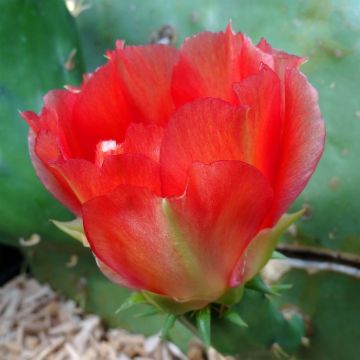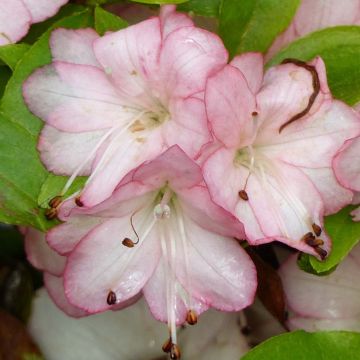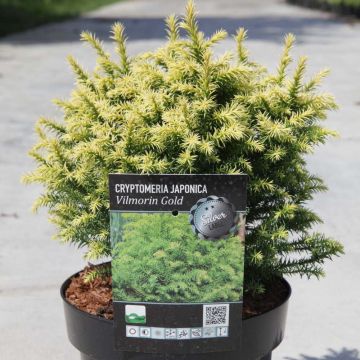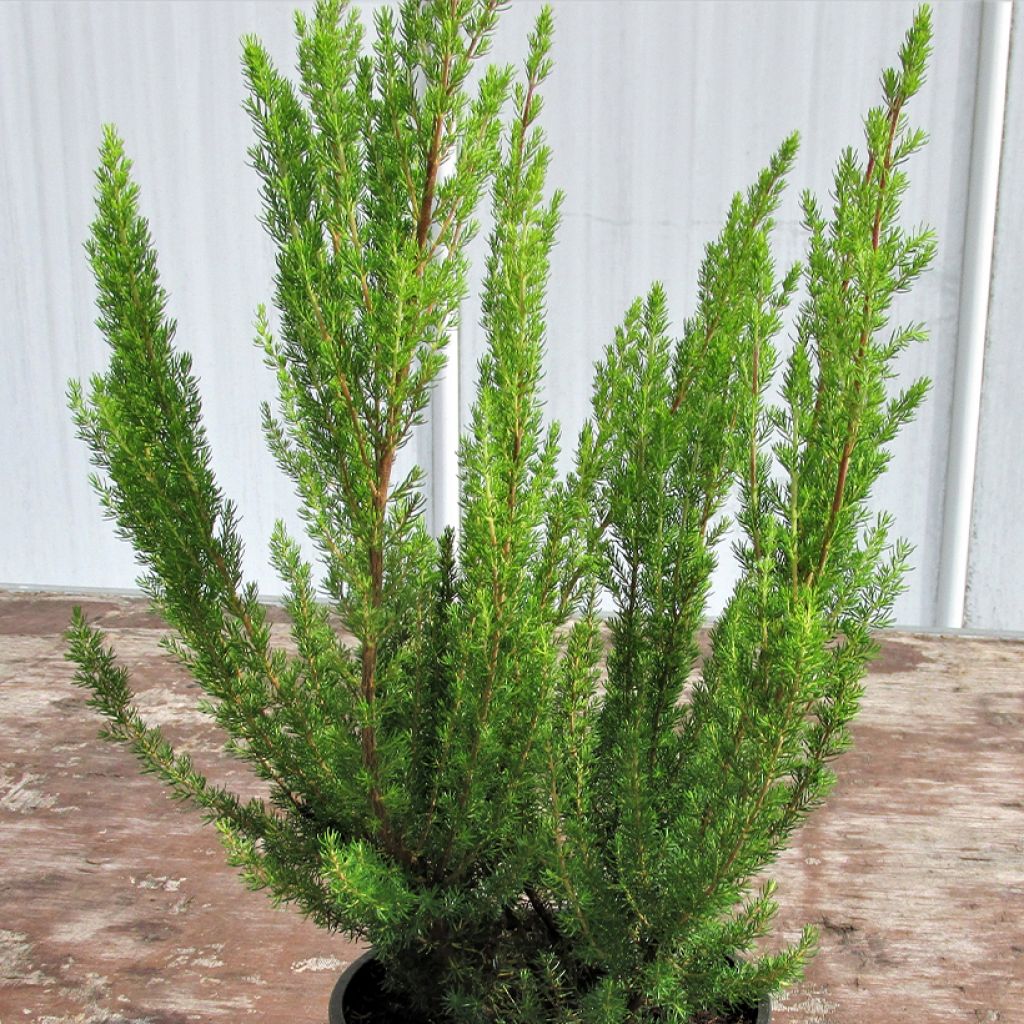

Erica arborea Alpina - Tree Heath
Erica arborea Alpina - Tree Heath
Erica arborea Alpina
Tree Heath, Tree Erica
Very vigorous and beautiful. Excellent resistance to heatwaves.
Pat, 13/08/2025
Special offer!
Receive a €20 voucher for any order over €90 (excluding delivery costs, credit notes, and plastic-free options)!
1- Add your favorite plants to your cart.
2- Once you have reached €90, confirm your order (you can even choose the delivery date!).
3- As soon as your order is shipped, you will receive an email containing your voucher code, valid for 3 months (90 days).
Your voucher is unique and can only be used once, for any order with a minimum value of €20, excluding delivery costs.
Can be combined with other current offers, non-divisible and non-refundable.
Home or relay delivery (depending on size and destination)
Schedule delivery date,
and select date in basket
This plant carries a 24 months recovery warranty
More information
We guarantee the quality of our plants for a full growing cycle, and will replace at our expense any plant that fails to recover under normal climatic and planting conditions.

Would this plant suit my garden?
Set up your Plantfit profile →
Description
The Tree Heather 'Alpina' is a variety of compact tree heather but with early and remarkably abundant white flowering. From the end of winter, the bush disappears under many fragrant and melliferous clusters. Its green, delicate, and dense foliage remains attractive in winter. With its wild charm, the tree heather blends perfectly into a large rock garden or a free hedge. Moderately hardy but frugal, it is perfect for coastal areas and poor, acidic to neutral, even dry soils.
The 'Alpina' arborescent heather is a German horticultural selection by Dieck from 1899. The wild species from which it originates, called tree heather or white heather, is a shrubby plant of the large Ericaceae family. This species prefers living in heathlands, slopes, and forest edges. It does best in soils that are nutrient-poor and have high levels of sand.
'Alpina' tree heather shows slow growth. The bush has a taller-than-wide habit, supported by numerous upright and well-branched branches. Ultimately, this variety reaches between 1.50m (5ft) and 1.75m (6ft) in height and 1.20m (4ft) to 1.30m (4ft) in width. Its branches bear tiny, non-prickly needle-like leaves throughout the year, including winter, in a medium green colour. The flower buds form early in late autumn or winter on well-furnished foliage and open into pure white bell-shaped flowers between late February and May, depending on the climate. The bush is covered in flowers for 3 months. The small urn-shaped flowers bloom in small clusters along the branches. They are pleasantly fragrant and highly visited by bees.
This large and magnificent 'Alpina' heather is ideal for coastal garden landscaping. Romantic and natural, this shrub pairs perfectly with shorter heathers that bloom simultaneously in various colours: Erica x darleyensis 'Kramer's Rote', Western heather, Erica carnea 'December Red'. It also looks striking as a small hedge with gorse, Teucrium fruticans 'Azureum' and Callistemon 'Inferno'. This type of heather is capable of creating a beautiful decoration that has a poetic quality. To make this decoration, you will need 3 to 5 specimens of heather.
Report an error about the product description
Plant habit
Flowering
Foliage
Botanical data
Erica
arborea
Alpina
Ericaceae
Tree Heath, Tree Erica
Cultivar or hybrid
Other Heather
View all →Planting and care
The 'Alpina' heather plant prefers acidic and relatively poor soil, like ericaceous soil. It needs a few hours of sun to bloom beautifully, so plant it in a spot with full sun or partial shade. If the soil is sandy and non-limestone, you can add leaf compost to enrich it. The plant likes slightly moist soil that drains well. It can survive short frosts of around -9°C (15.8°F) if well-established in soil that doesn't hold too much water in winter. Once established, it can cope with water shortage in summer. If you live in an area with borderline hardiness, plant your heather in spring to give it time to root before winter.
Planting period
Intended location
Care
-
, onOrder confirmed
Reply from on Promesse de fleurs
Similar products
Haven't found what you were looking for?
Hardiness is the lowest winter temperature a plant can endure without suffering serious damage or even dying. However, hardiness is affected by location (a sheltered area, such as a patio), protection (winter cover) and soil type (hardiness is improved by well-drained soil).

Photo Sharing Terms & Conditions
In order to encourage gardeners to interact and share their experiences, Promesse de fleurs offers various media enabling content to be uploaded onto its Site - in particular via the ‘Photo sharing’ module.
The User agrees to refrain from:
- Posting any content that is illegal, prejudicial, insulting, racist, inciteful to hatred, revisionist, contrary to public decency, that infringes on privacy or on the privacy rights of third parties, in particular the publicity rights of persons and goods, intellectual property rights, or the right to privacy.
- Submitting content on behalf of a third party;
- Impersonate the identity of a third party and/or publish any personal information about a third party;
In general, the User undertakes to refrain from any unethical behaviour.
All Content (in particular text, comments, files, images, photos, videos, creative works, etc.), which may be subject to property or intellectual property rights, image or other private rights, shall remain the property of the User, subject to the limited rights granted by the terms of the licence granted by Promesse de fleurs as stated below. Users are at liberty to publish or not to publish such Content on the Site, notably via the ‘Photo Sharing’ facility, and accept that this Content shall be made public and freely accessible, notably on the Internet.
Users further acknowledge, undertake to have ,and guarantee that they hold all necessary rights and permissions to publish such material on the Site, in particular with regard to the legislation in force pertaining to any privacy, property, intellectual property, image, or contractual rights, or rights of any other nature. By publishing such Content on the Site, Users acknowledge accepting full liability as publishers of the Content within the meaning of the law, and grant Promesse de fleurs, free of charge, an inclusive, worldwide licence for the said Content for the entire duration of its publication, including all reproduction, representation, up/downloading, displaying, performing, transmission, and storage rights.
Users also grant permission for their name to be linked to the Content and accept that this link may not always be made available.
By engaging in posting material, Users consent to their Content becoming automatically accessible on the Internet, in particular on other sites and/or blogs and/or web pages of the Promesse de fleurs site, including in particular social pages and the Promesse de fleurs catalogue.
Users may secure the removal of entrusted content free of charge by issuing a simple request via our contact form.
The flowering period indicated on our website applies to countries and regions located in USDA zone 8 (France, the United Kingdom, Ireland, the Netherlands, etc.)
It will vary according to where you live:
- In zones 9 to 10 (Italy, Spain, Greece, etc.), flowering will occur about 2 to 4 weeks earlier.
- In zones 6 to 7 (Germany, Poland, Slovenia, and lower mountainous regions), flowering will be delayed by 2 to 3 weeks.
- In zone 5 (Central Europe, Scandinavia), blooming will be delayed by 3 to 5 weeks.
In temperate climates, pruning of spring-flowering shrubs (forsythia, spireas, etc.) should be done just after flowering.
Pruning of summer-flowering shrubs (Indian Lilac, Perovskia, etc.) can be done in winter or spring.
In cold regions as well as with frost-sensitive plants, avoid pruning too early when severe frosts may still occur.
The planting period indicated on our website applies to countries and regions located in USDA zone 8 (France, United Kingdom, Ireland, Netherlands).
It will vary according to where you live:
- In Mediterranean zones (Marseille, Madrid, Milan, etc.), autumn and winter are the best planting periods.
- In continental zones (Strasbourg, Munich, Vienna, etc.), delay planting by 2 to 3 weeks in spring and bring it forward by 2 to 4 weeks in autumn.
- In mountainous regions (the Alps, Pyrenees, Carpathians, etc.), it is best to plant in late spring (May-June) or late summer (August-September).
The harvesting period indicated on our website applies to countries and regions in USDA zone 8 (France, England, Ireland, the Netherlands).
In colder areas (Scandinavia, Poland, Austria...) fruit and vegetable harvests are likely to be delayed by 3-4 weeks.
In warmer areas (Italy, Spain, Greece, etc.), harvesting will probably take place earlier, depending on weather conditions.
The sowing periods indicated on our website apply to countries and regions within USDA Zone 8 (France, UK, Ireland, Netherlands).
In colder areas (Scandinavia, Poland, Austria...), delay any outdoor sowing by 3-4 weeks, or sow under glass.
In warmer climes (Italy, Spain, Greece, etc.), bring outdoor sowing forward by a few weeks.






























